“In the grim darkness of the far future there is only war” proclaims the Leviathan Boxed set for 10th Edition of Warhammer 40,000, and indeed, in this setting violence is the cause and solution to everybody’s problems. Of course, to prosecute warfare on such a scale you’re going to need some powerful weapons, and many staples have emerged from Warhammer 40,000’s rich tabletop history. These iconic weapons had to make an appearance in Rogue Trader - it wouldn’t be a Warhammer 40,000 game without chainswords and bolters, after all, but the exact gameplay niches these weapons occupy have at some points been altered to function better in a party-based CRPG. Between those changes and the sheer variety of weapon types, firing modes, talents, and effects, even Warhammer 40,000 veterans with paint-covered thumbs might not know how familiar weapons work, much less the astonished new recruit to the grimdark future. What’s the difference between a flamer and a meltagun? Why do lasers have an easier time hitting sneaky space elves than conventional sniper rifles? When’s the best time to use burst-fire versus single shot? This page will explain what different weapon types, talents, and weapon stats do in Rogue Trader.
Some companions have unique talents that prevent them from using standard gear.
Adeptus Astartes Equipment, Aeldari Equipment, and Drukhari Equipment¶
A bit of a confusing line of anti-prerequisites, you’ll see many weapons and armor appear with these, and may understandably confuse them with ![]() Aeldari Weapon Proficiency and Drukhari Weapon Proficiency. There are three midgame companions you can recruit that have either the Adeptus Astartes Equipment, Aeldari Equipment or Drukhari Equipment talents, respectively, because they belong to those factions/races. Spoiler: they’re on the game’s key art and appear on loading screens. For the uninitiated, Adeptus Astartes are space marines, and Aeldari/Drukhari are different flavors of space elves - presumably, they can’t or won’t use weapons and armor for normie humans, so these restrictions are on pretty much everything that excludes them. It frankly doesn’t apply to most of your party, including your main character and any mercenaries you hire.
Aeldari Weapon Proficiency and Drukhari Weapon Proficiency. There are three midgame companions you can recruit that have either the Adeptus Astartes Equipment, Aeldari Equipment or Drukhari Equipment talents, respectively, because they belong to those factions/races. Spoiler: they’re on the game’s key art and appear on loading screens. For the uninitiated, Adeptus Astartes are space marines, and Aeldari/Drukhari are different flavors of space elves - presumably, they can’t or won’t use weapons and armor for normie humans, so these restrictions are on pretty much everything that excludes them. It frankly doesn’t apply to most of your party, including your main character and any mercenaries you hire.
Aeldari Weapon Proficiency and Drukhari Weapon Proficiency¶
Aeldari and Drukhari weapons cannot be used without special training, namely the character must have the Aeldari Weapon Proficiency and Drukhari Weapon Proficiency talent(s), which in turn requires the Lore [Xenos] feature or the Base Skill: Lore [Xenos] talent. These talents shouldn’t be confused with Aeldari Equipment and Drukhari Equipment, which are features possessed by two companions, not talents that can be learned. You’ll find the odd bit of Xenos gear in Chapter 1, but it’s not until late in Chapter 2 when such fare becomes common and temptingly powerful compared to standard gear. While not every character will feel compelled to equip such heretical weapons, the ![]() Bloodseeker Klaive,
Bloodseeker Klaive, ![]() Bloodthirster,
Bloodthirster, ![]() Elite Blast Pistol,
Elite Blast Pistol, ![]() Sharpened Venom Blade, and
Sharpened Venom Blade, and ![]() Star Blight are all notably powerful… and you may just be running out of other attractive talents to pick up at the time.
Star Blight are all notably powerful… and you may just be running out of other attractive talents to pick up at the time.
Bolt Weapons¶
In the lore, Bolt weapons are the most iconic weapons in Warhammer 40,000, used extensively by the elite forces of the Imperium, including Adeptus Astartes and Adepta Sororitas. They come in various forms - ![]() Bolt Pistol,
Bolt Pistol, ![]() Bolter,
Bolter, ![]() Heavy Bolter,
Heavy Bolter, ![]() Storm Bolter - but they generally deal higher per-shot damage than Auto weapons, feature withering burst fire, and slightly elevated Armor Penetration. They’re effectively slightly better-than-average general-purpose weapons in Rogue Trader.
Storm Bolter - but they generally deal higher per-shot damage than Auto weapons, feature withering burst fire, and slightly elevated Armor Penetration. They’re effectively slightly better-than-average general-purpose weapons in Rogue Trader.
(1 of 2) Burst fire weapons sacrifice accuracy to fire a number of rounds equal to their rate of fire in an wide line.
Burst fire weapons sacrifice accuracy to fire a number of rounds equal to their rate of fire in an wide line. (left), These weapons are best used against crowds of enemies, or at close range against a single powerful foe. (right)
Burst Fire¶
An alternative firing mode commonly found on Auto, Bolt, and Las weapons, when such a weapon is fired in Burst Fire mode it’ll shoot a number of rounds equal to its rate of fire. Granted, these shots are fired fairly inaccurately in a wide line, with a good chance that numerous shots will fire on off-center trajectories. The best time to use Burst Fire weapons is when you’re dealing with a lot of trash mobs in the weapon’s AoE, or when you’re very, very close to an enemy - close enough to ensure most of your shots will hit. Some weapons can get blisteringly high rates of fire, and connecting with half a dozen bolter rounds in a single turn can be pretty devastating, although this is something that shines more later in the game, when you have access to better weapons.
Chain, Force, Primitive, and Melee Weapon Types¶
These are all subclasses of melee weapons and are used to determine the efficacy of certain talents. ![]() Weapons can also be knives (also daggers, blades, etc.), swords, hammers, axes, spears, and staves, and this is usually (but not always) indicated in the weapon’s name. Different types of weapons tend to have shared stats and features, as follows:
Weapons can also be knives (also daggers, blades, etc.), swords, hammers, axes, spears, and staves, and this is usually (but not always) indicated in the weapon’s name. Different types of weapons tend to have shared stats and features, as follows:
| Type | Features |
|---|---|
| Axes | Has a 2 AP Sweep attack that inflicts bleeding. |
| Hammers | High Armor Penetration. Has a Shove attack that knocks enemies back, usually has an AoE Swing/Slam attack. |
| Knives | Always one-handed. Usually only has a 1 AP Strike attack. |
| Staves/Spears | Always two-handed. Restricted to Psykers, has a basic melee attack and a basic Psyker power that can be used while equipped. |
| +10% Parry and -10 to enemy |
Damage¶
Pretty straightforward, this is the damage a weapon deals per attack, before factors like enemy Armor and Deflection are taken into consideration. It’s worth noting that extra damage from alternative fire modes (an overcharged Plasma weapon, for example) is not shown, but the various damage-influencing characteristics and talents possessed by each character are, hence why damage values will change as you switch characters.
Exotic Weapons¶
A catch-all category for otherwise homeless weapons, this applies to many odd Xenos weapons as well as the more unusual creations of the Adeptus Mechanicus, like the ![]() Arc Rifle. As far as gameplay goes, it’s code for “you’re not getting any talent bonuses for this weapon”.
Arc Rifle. As far as gameplay goes, it’s code for “you’re not getting any talent bonuses for this weapon”.
Flamer weapons typically have two different AoE firing modes, making them great for crowd control.
Flamer Weapons¶
The best way to cleanse the galaxy of filth is with the purifying prometheum-fueled flames righteously dispensed by ![]() Flamer-type weapons. Your standard flamethrower tends to deal moderate damage, has low Armor Penetration, and no benefit against Dodge or cover. On the other hand, they tend to have two firing modes: Stream (1 AP, hits all enemies in a line) and Spray (2 AP, hits all enemies in a cone). The large AoE is the real draw here, and there’s no better weapon when it comes to clearing out mobs. It’s also worth noting that the
Flamer-type weapons. Your standard flamethrower tends to deal moderate damage, has low Armor Penetration, and no benefit against Dodge or cover. On the other hand, they tend to have two firing modes: Stream (1 AP, hits all enemies in a line) and Spray (2 AP, hits all enemies in a cone). The large AoE is the real draw here, and there’s no better weapon when it comes to clearing out mobs. It’s also worth noting that the ![]() Flame Weapon Expert talent reduces the AP cost of Flamer weapons by 1, which makes it cheaper to roast enemies.
Flame Weapon Expert talent reduces the AP cost of Flamer weapons by 1, which makes it cheaper to roast enemies.
Heavy weapons typically have a Strength requirement and higher AP costs, but their stats are boosted to compensate.
Heavy Weapons¶
A category of ranged two-handed weapons, while not specifically indicated as “heavy” anywhere on the weapon’s info screen, all heavy weapons have a ![]() Strength requirement. This requirement can be reduced via the Heavy Weapon Proficiency talent, and there are a few other talents that give general buffs to heavy weapons, like Overpower and Breaking Point. Heavy Weapons also tend to require more AP to fire - 2 AP for their standard attack and 3 AP for whatever alternate fire they have. Otherwise, heavy weapons function like any other weapon.
Strength requirement. This requirement can be reduced via the Heavy Weapon Proficiency talent, and there are a few other talents that give general buffs to heavy weapons, like Overpower and Breaking Point. Heavy Weapons also tend to require more AP to fire - 2 AP for their standard attack and 3 AP for whatever alternate fire they have. Otherwise, heavy weapons function like any other weapon.
Las weapons have Dodge Reduction, making it easier to hit agile enemies, or anything at a distance.
Las Weapons¶
Laser - or “Las” - weapons are an entry-level weapon common to the Astra Militarum. In the lore the common ![]() Lasgun would, in the real world, be globe-conquering, but in a setting as advanced as Warhammer 40,000 they’re affectionately called “flashlights” … at least by tabletop players. The main draw of Las weapons in Rogue Trader is their ability to reduce enemy Dodge, making it easier to land hits on sneaky space elves and enemies in cover. On the other hand, these weapons tend to have moderate damage and low armor penetration. It’s a common weapon type, however, and you can find various archetypes, including pistols, rifles (often with burst-fire capabilities), and sniper rifles.
Lasgun would, in the real world, be globe-conquering, but in a setting as advanced as Warhammer 40,000 they’re affectionately called “flashlights” … at least by tabletop players. The main draw of Las weapons in Rogue Trader is their ability to reduce enemy Dodge, making it easier to land hits on sneaky space elves and enemies in cover. On the other hand, these weapons tend to have moderate damage and low armor penetration. It’s a common weapon type, however, and you can find various archetypes, including pistols, rifles (often with burst-fire capabilities), and sniper rifles.
Max Ammo¶
Rather self-explanatory, while you have infinite ammo, each weapon can only be fired a set number of times before you’re forced to burn AP reloading. For most weapons, this is a non-factor, with Burst Fire weapons being the weapons most likely to suffer from the frequent need to reload. It’s wise to check a weapon’s rate of fire and max ammo stats before committing, as some weapons can only Burst Fire once or twice before needing reloading, constituting a significant amount of AP spent on reloads.
Melee Weapons and Ranged Weapons¶
Pretty self-explanatory, melee weapons are designed for use in melee and generally have limited range, while ranged weapons can reach out and touch enemies further away. As a general rule, ranged weapons cannot be used in melee (hence why one-handed melee and ranged weapons are often paired together), but the Arch-Militant archetype can bypass this restriction with the ![]() Close-Quarters Training talent. Certain actions - like moving away or using Psyker powers - can provoke Attacks of Opportunity from characters equipped with melee weapons. This doesn’t work if your melee weapon is in an alternate weapon set, so if you have a melee weapon equipped in a second weapon set it may be worth swapping at the end of your turn just to keep enemies honest.
Close-Quarters Training talent. Certain actions - like moving away or using Psyker powers - can provoke Attacks of Opportunity from characters equipped with melee weapons. This doesn’t work if your melee weapon is in an alternate weapon set, so if you have a melee weapon equipped in a second weapon set it may be worth swapping at the end of your turn just to keep enemies honest.
Melta Weapons¶
On the tabletop, Melta weapons are your standard anti-armor, dealing immense damage that’s frankly overkill for most enemies. This has been toned down a bit for Rogue Trader, but Melta weapons still occupy a familiar niche - high damage, high Armor Penetration, and short range. In Rogue Trader, Melta weapons also have a higher AP cost than other weapons but have an AoE alternate fire that affects a small cone. A great side arm or alternate weapon for close-range characters.
(1 of 2) Equipping a one-handed melee weapon and a pistol in the same slot is a popular, versatile combination.
Equipping a one-handed melee weapon and a pistol in the same slot is a popular, versatile combination. (left), With the Dual-Weapon Combat talent you can mix and match one-handed weapons, including some iconic dual pistol builds. (right)
One-Handed and Two-Handed Weapons¶
A pretty simple distinction, one-handed weapons take up one weapon slot and two-handed weapons require both. Characters generally have two loadouts they can swap between freely, allowing them to equip 1-4 one-handed weapons or up to 2 two-handed weapons. You can dual-wield any combination of one-handed weapons, be they both melee, pistols, or a mix of both, with the latter being the most common. Note that there’s little reason to run two of the same weapon types in combat without the Dual-Weapon Combat talent, as you only get one attack per round by default no matter how many weapons you have equipped.
(1 of 2) Solid weapons have a high Overpenetration chance, and the trajectory of such shots can be noted by red target tiles behind the first target.
Solid weapons have a high Overpenetration chance, and the trajectory of such shots can be noted by red target tiles behind the first target. (left), When a shot Overpenetrates, it’ll strike additional targets behind the first target, with reduced damage proportional to the first target’s Armor. (right)
Overpenetration¶
A chance for a weapon to penetrate the first target struck and hit additional targets. Solid-type weapons have higher than average Overpenetration, and if you see red target tiles appear behind an enemy when targeted in combat, the odds of Overpenetration on the ensuing shot are high. Targets with high Armor reduce Overpenetration odds and damage.
Pistols¶
One-handed weapons that can be fired in melee combat, pistols are useful offhand compliments to one-handed melee weapons, giving such characters ranged options (albeit short range) when necessary. If a character possesses the Dual-Weapon Combat Talent they can attack with two one-handed weapons in a single turn. Pistols typically have lower stats than two-handed weapons, but you can find a pistol that fills pretty much every weapon type in the game, including Burst Fire Pistols, Bolt Pistols, ![]() Laspistols,
Laspistols, ![]() Hand Flamers, Inferno Pistols (Melta types), and even shotguns!
Hand Flamers, Inferno Pistols (Melta types), and even shotguns!
While having generally good stats, plasma weapons can also be overcharged to fire an AoE blast or a higher-damage single target shot.
Plasma¶
Plasma weapons boast good damage, range, max ammo, and Armor Penetration, making them potent all-rounders. In the tabletop version of Warhammer 40,000 they also have a one-in-six chance of destroying the user when overcharged. While overcharge is still a feature in Rogue Trader, it has been toned down - it now just requires a cooldown. In addition to two 2 AP overcharge shots (one with a 3x3 AoE and another that deals higher single-target damage) Plasma weapons also have a normal firing mode. Always a solid choice to keep around, and if it goes on cooldown, swap to something else.
Range¶
A weapon’s range stat reflects its effective range, not its maximum range, measured in tiles. The Maximum range is generally twice the effective range, and firing at targets beyond the effective range will result in drastically reduced accuracy. It’s worth noting that some alternate fire modes with AoEs can be targeted anywhere within a weapon’s maximum range, potentially affecting areas even beyond the weapon’s maximum range. The effectiveness is particularly pronounced with Melta and ![]() Shotgun weapons.
Shotgun weapons.
Rate of Fire¶
Most weapons only consume one ammo and fire one shot when fired, no matter what the weapon’s rate of fire is. Rate of fire only applies to Burst Fire, which will cause a weapon to fire a number of shots equal to its rate of fire stat. ![]() Autoguns, Lasguns, and Bolters all commonly have high rates of fire.
Autoguns, Lasguns, and Bolters all commonly have high rates of fire.
Shotguns¶
Generally two-handed weapons (except for the odd ![]() Foehammer variant, which functions like a shotgun/pistol hybrid), this class of weapons are usually also Solid-type weapons. Where they deviate from other weapons is that while typically short range, they tend to fire in a cone, making their actual range somewhat deceptive (read: better). They can also inflict knockback on nearby enemies.
Foehammer variant, which functions like a shotgun/pistol hybrid), this class of weapons are usually also Solid-type weapons. Where they deviate from other weapons is that while typically short range, they tend to fire in a cone, making their actual range somewhat deceptive (read: better). They can also inflict knockback on nearby enemies.
Sniper rifles typically have Additional Hit chance and access to the Deadeye Shot firing mode.
Sniper Rifles¶
A subclass of weapons notable for their range, sniper rifles come in various forms. Many have high single-shot damage, and a long-range, but Armor Penetration and Dodge Reduction varies by weapon, with Solid weapons typically having higher Armor Penetration and Overpenetration, and Las vary by having higher Dodge Reduction. What makes a weapon a “sniper rifle” in Rogue Trader is the Additional Hit Chance stat and access to the Deadeye Shot alternative fire mode. The former gives you a flat chance for a shot to not use your Action for this turn, even if you miss, and the latter is a 2 AP variant with higher accuracy.
Solid Weapons¶
A very common weapon type that includes pretty much all your conventional arms, be they stub weapons, auto weapons, shotguns, or sniper rifles. While these weapons are generally too diverse to categorize meaningfully, they do have one thing in common - Solid weapons have increased (+50%) Overpenetration. All weapons have some degree of Overpenetration, based on the weapon’s Armor Penetration stat and the Armor score(s) of the target(s), but Solid weapons are highly likely to Overpenetrate, meaning they can hit enemies behind the original target, albeit usually at reduced damage.
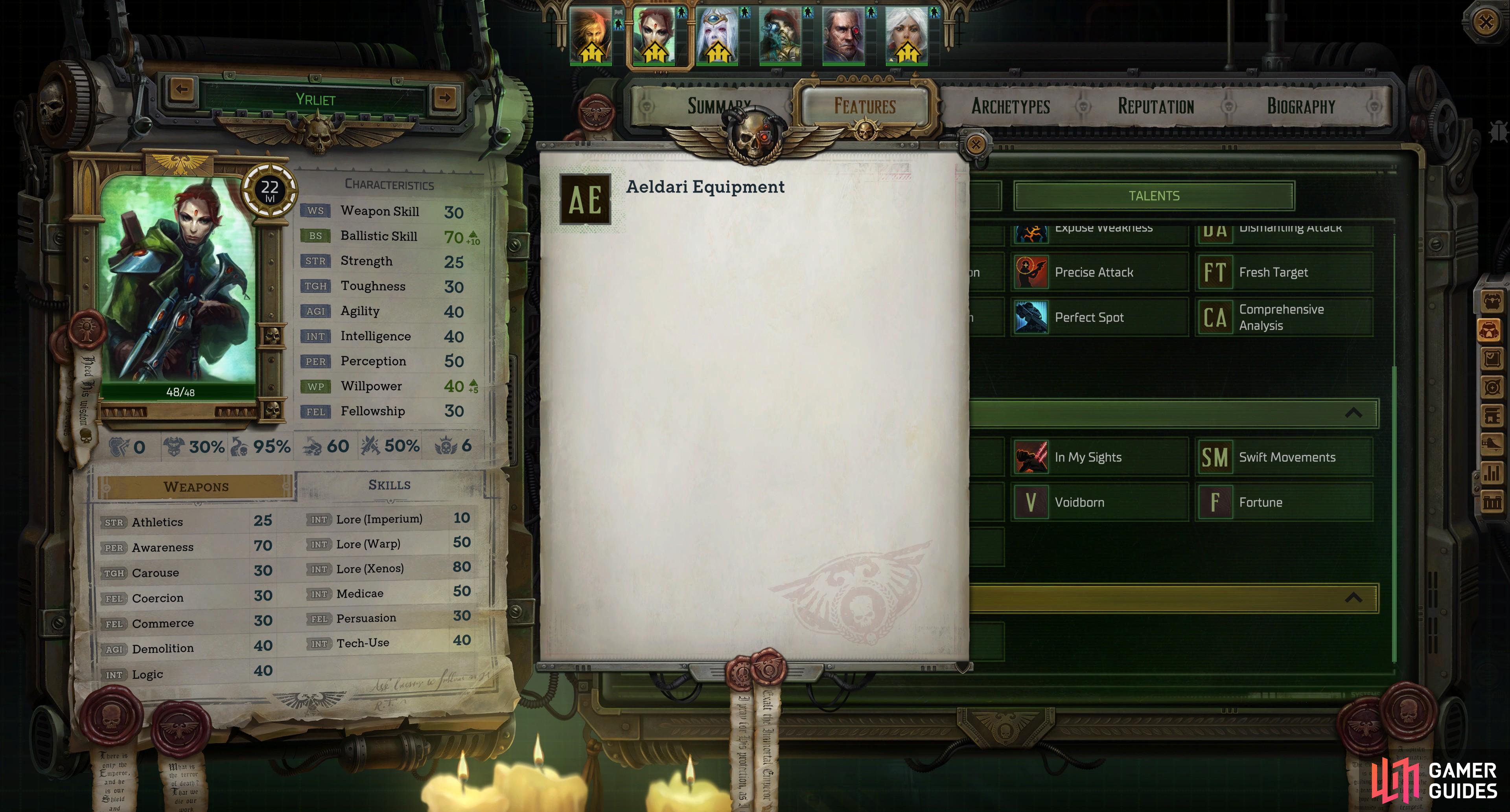
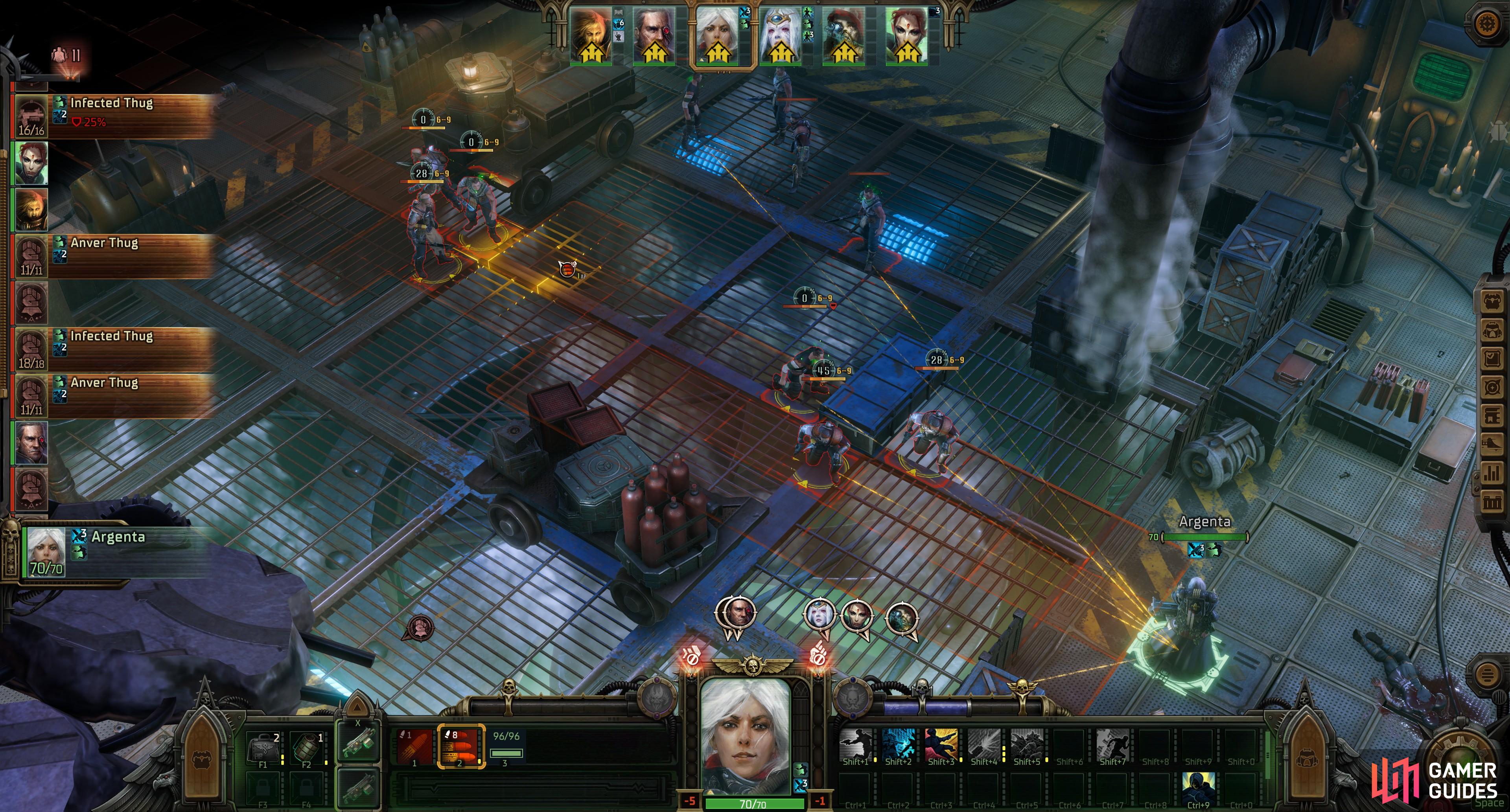
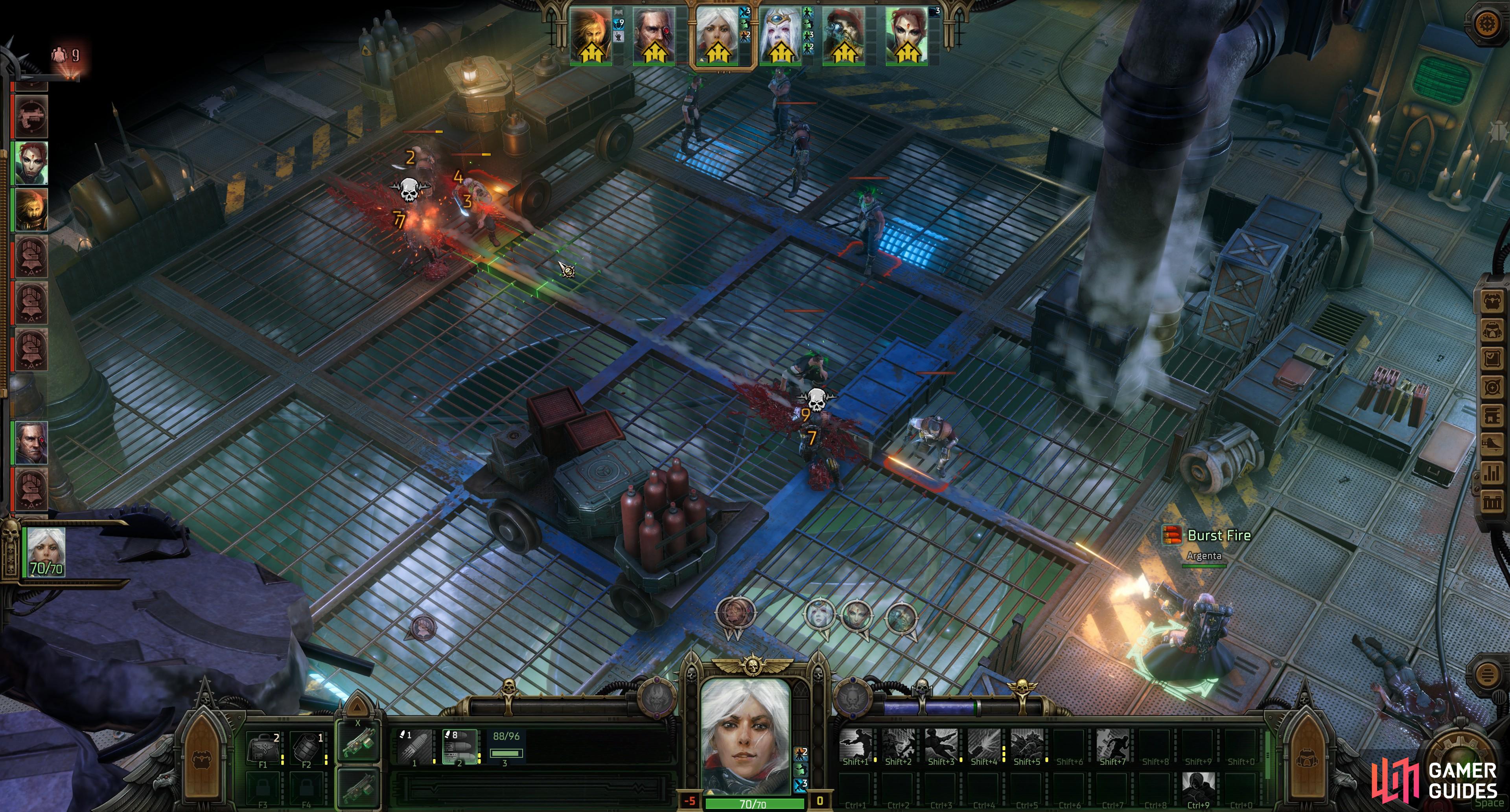
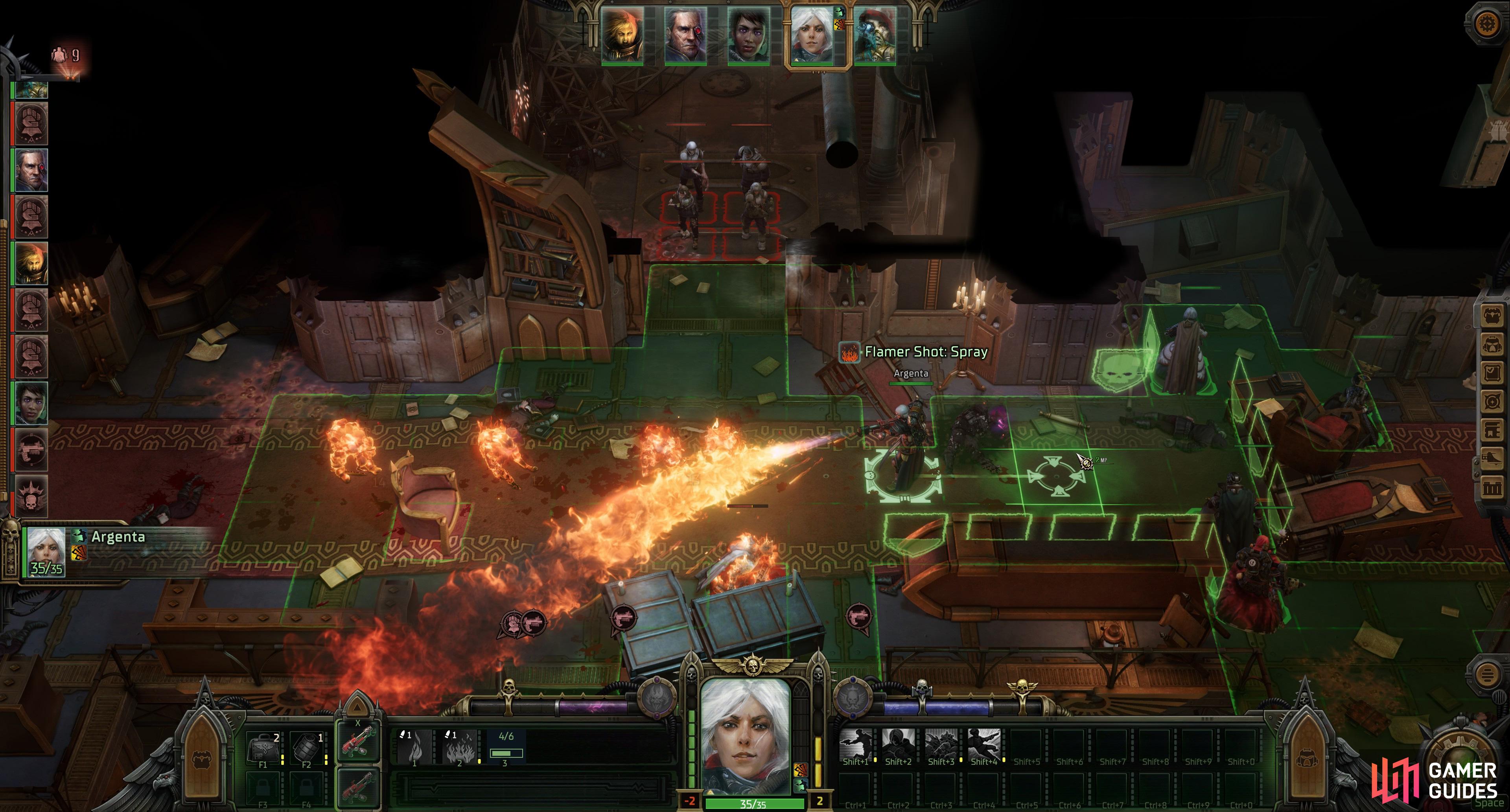
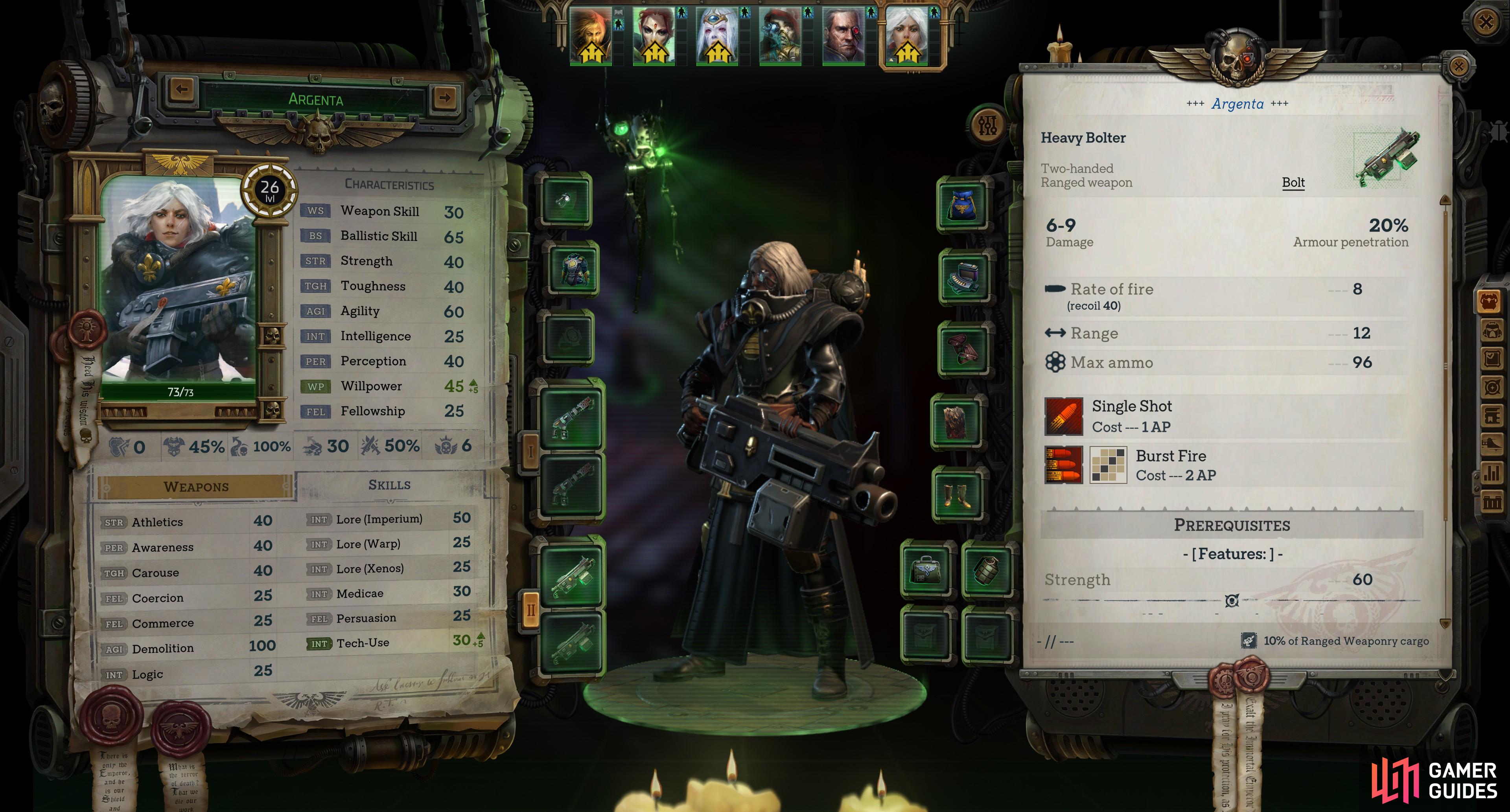
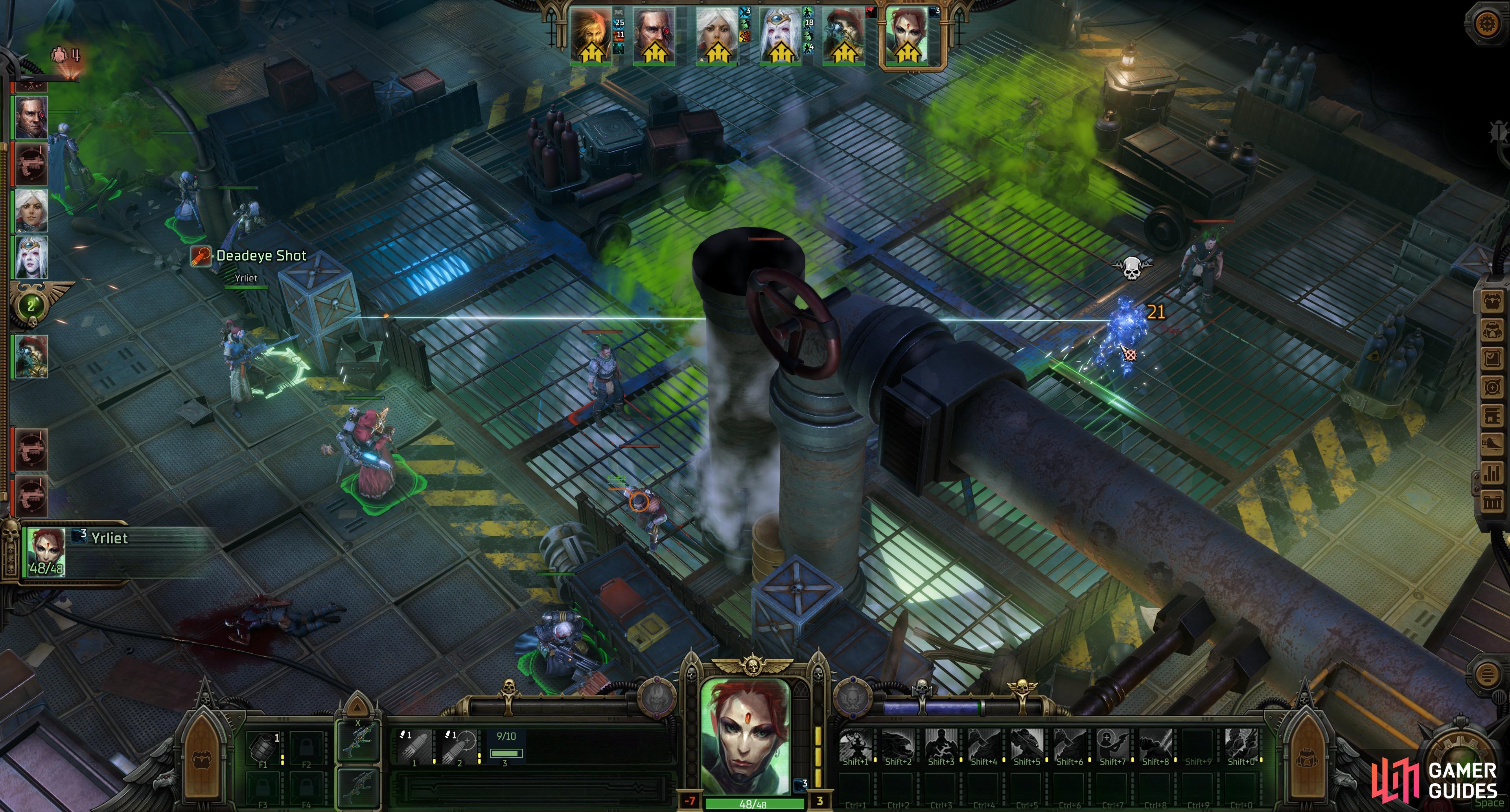
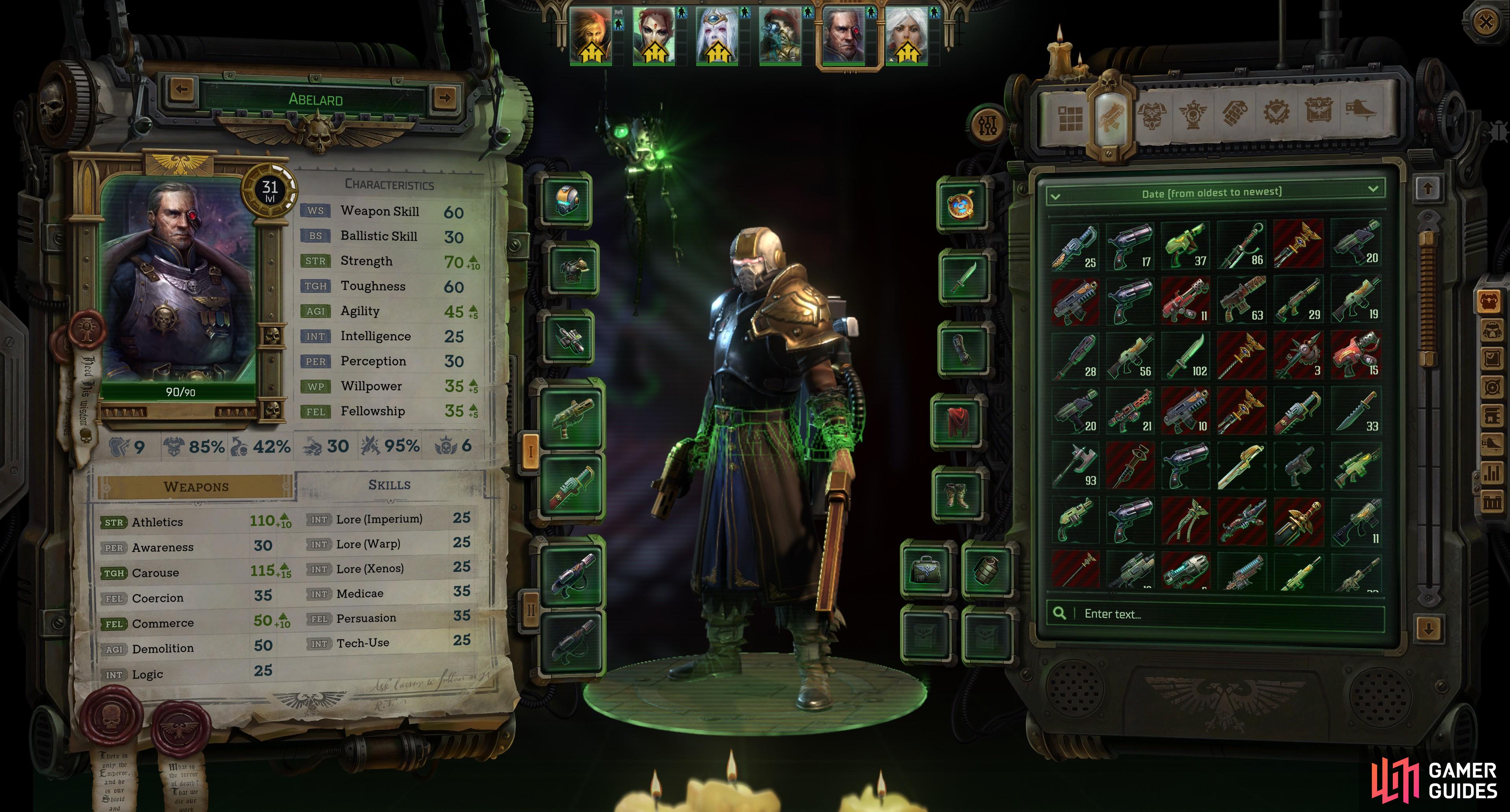
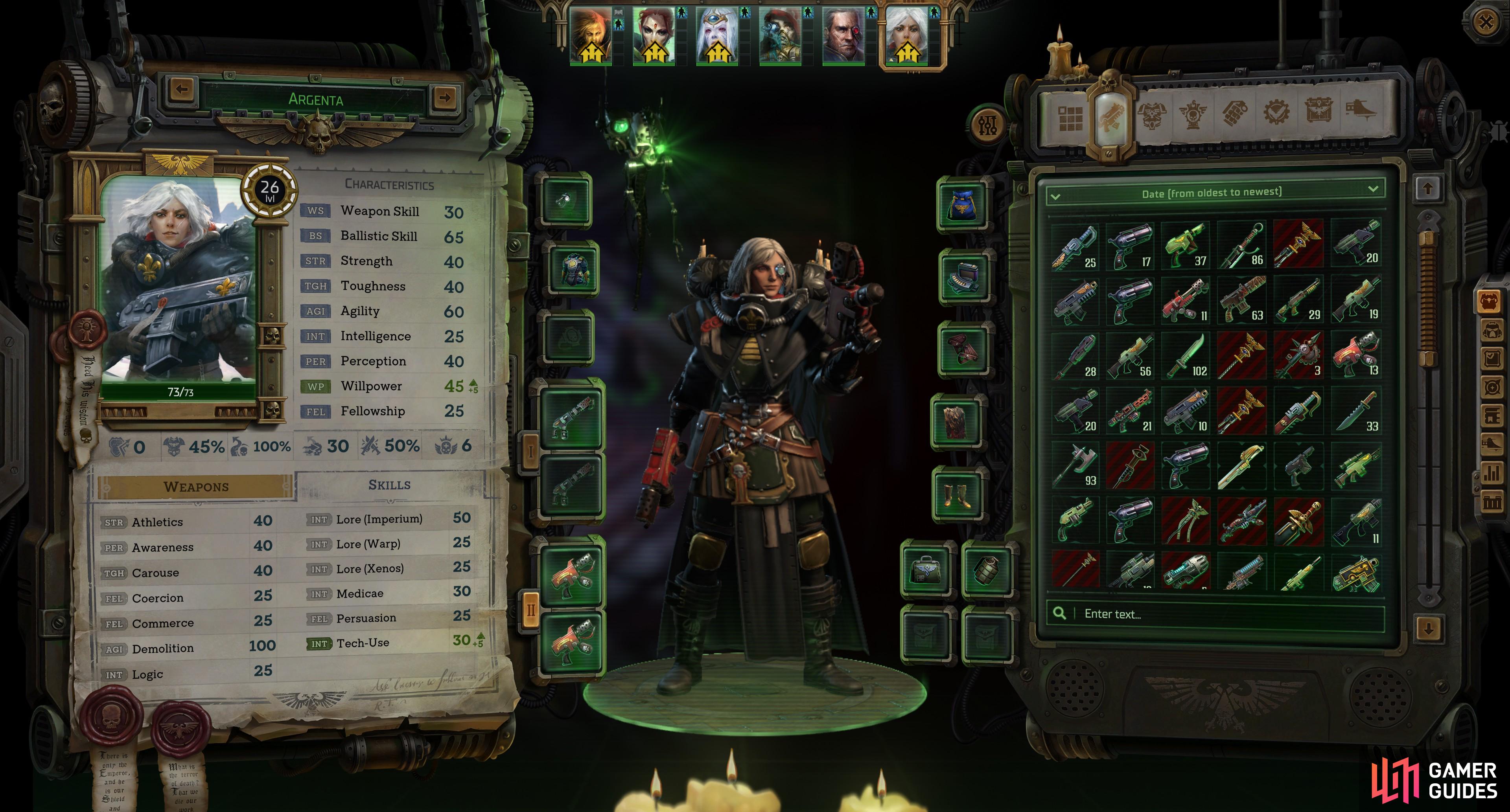
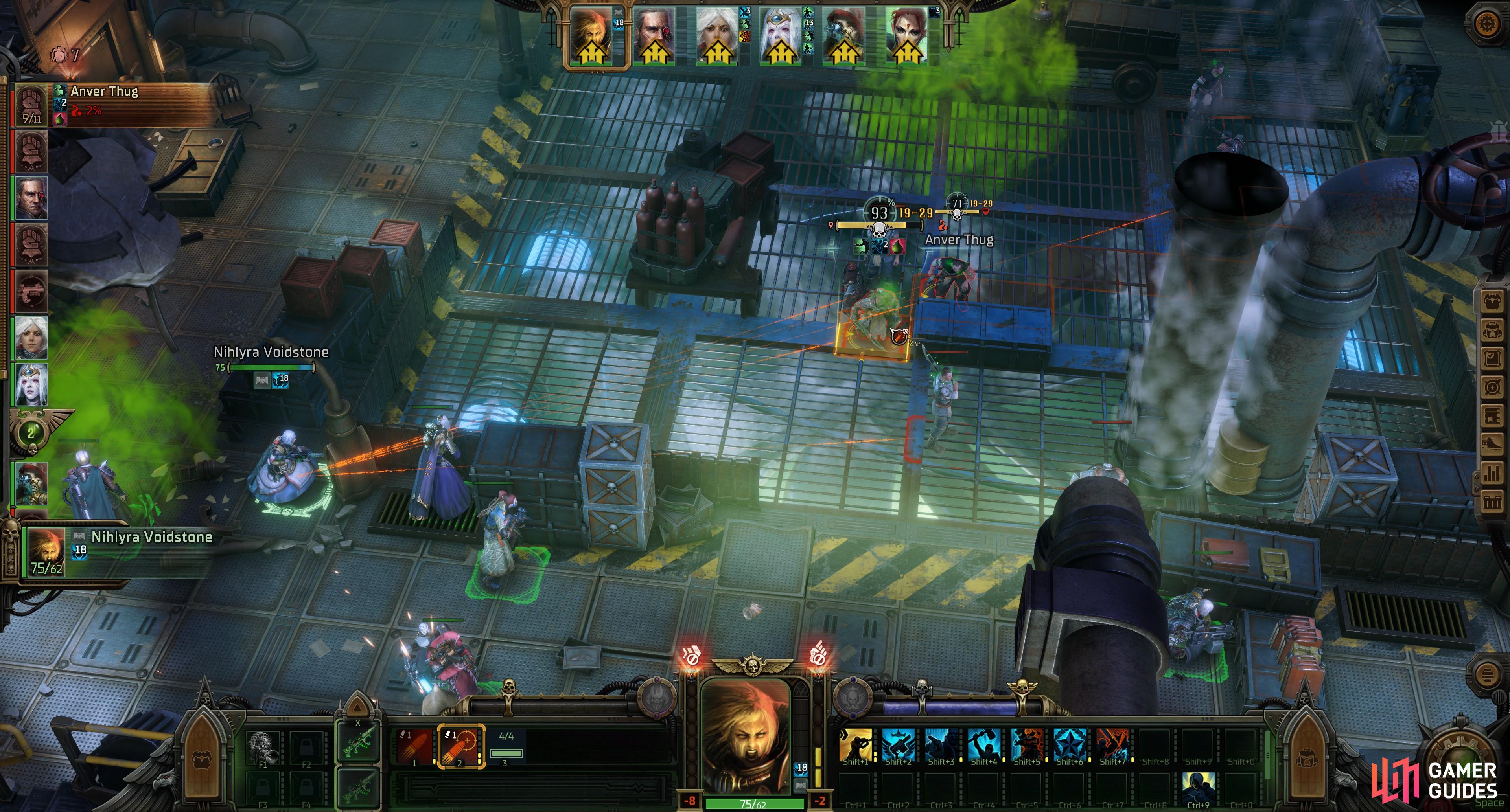
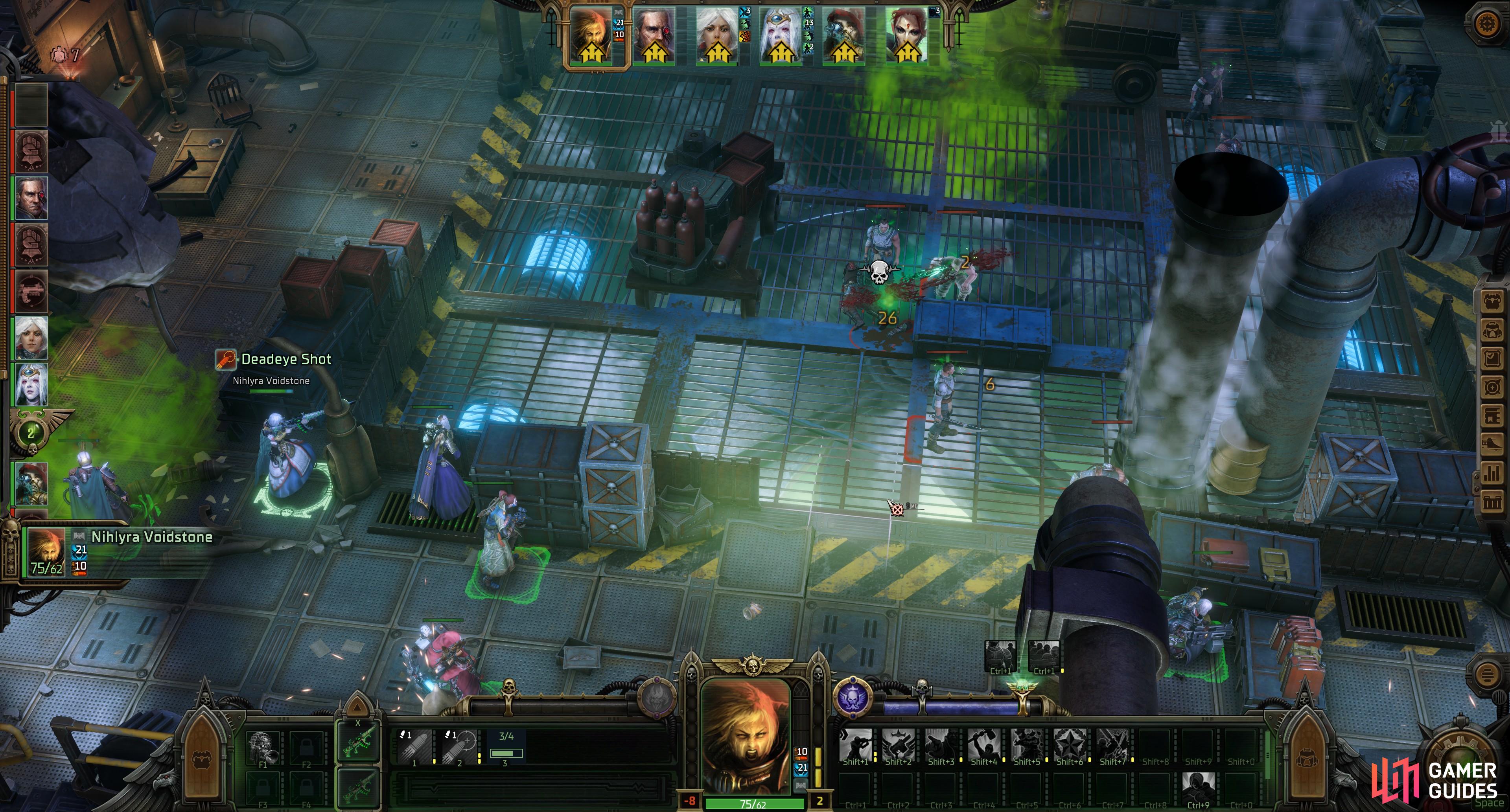
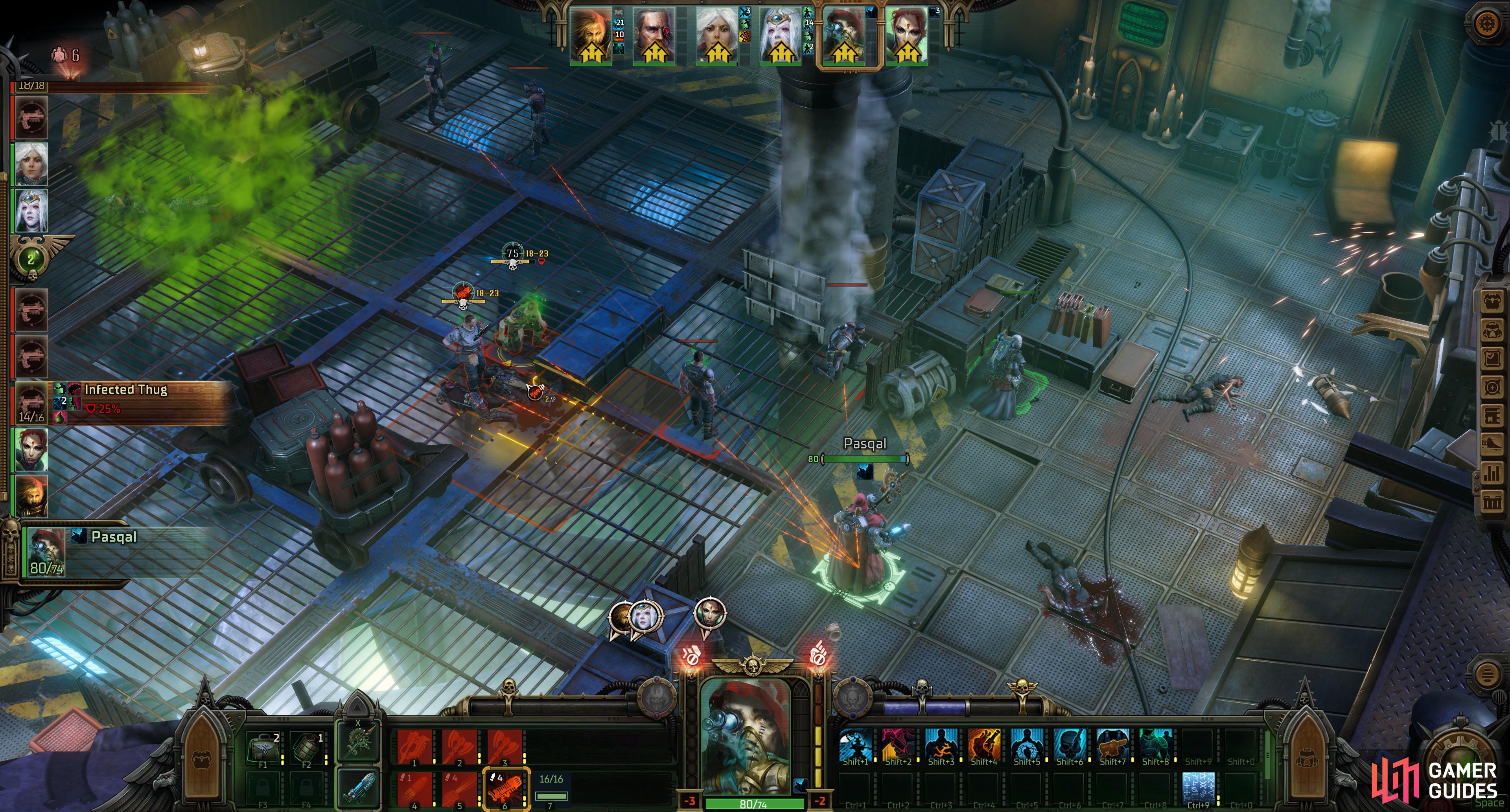
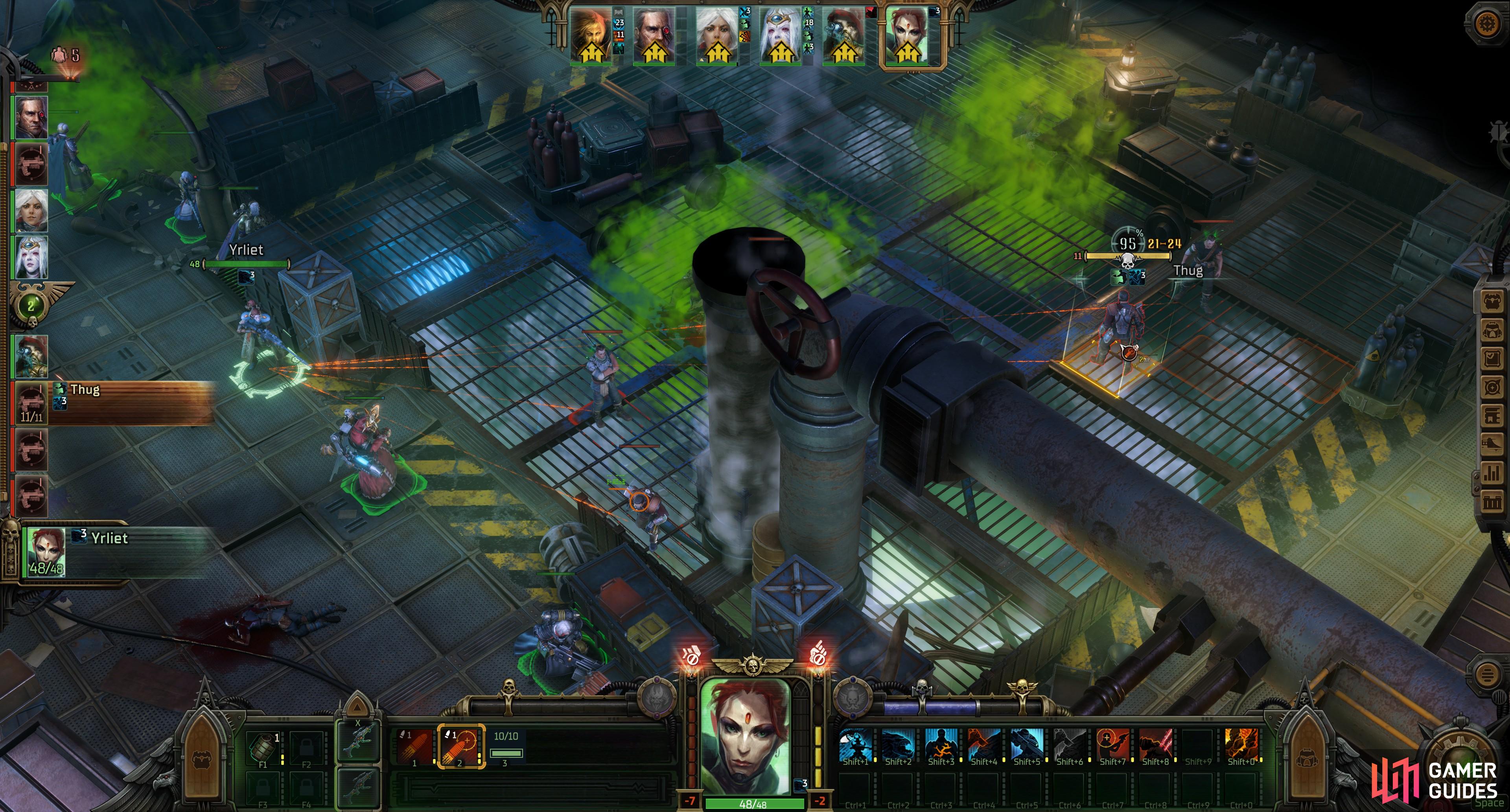
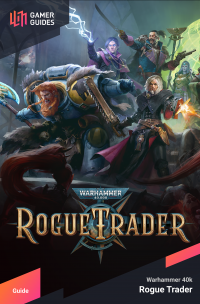
 Sign up
Sign up
No Comments